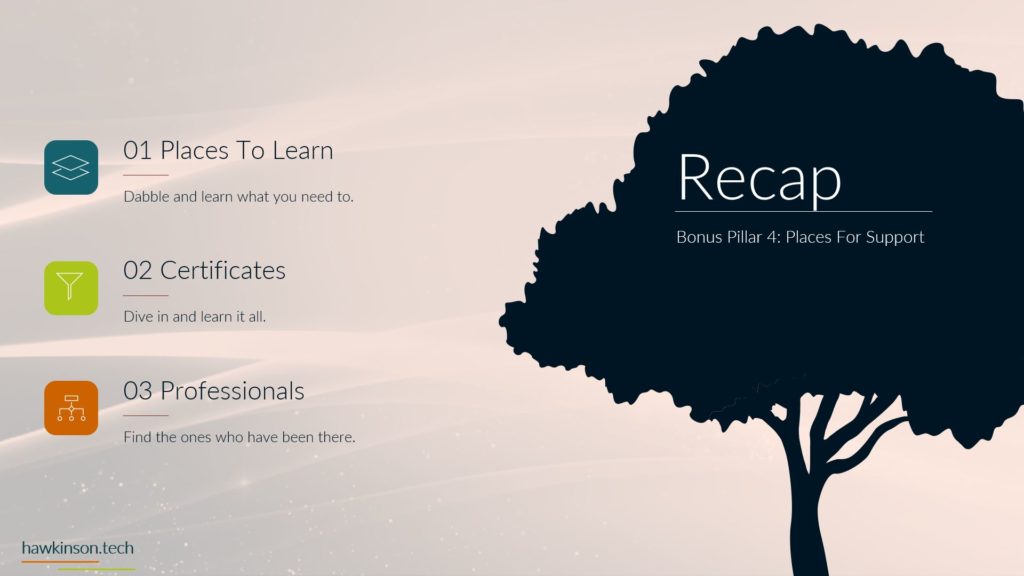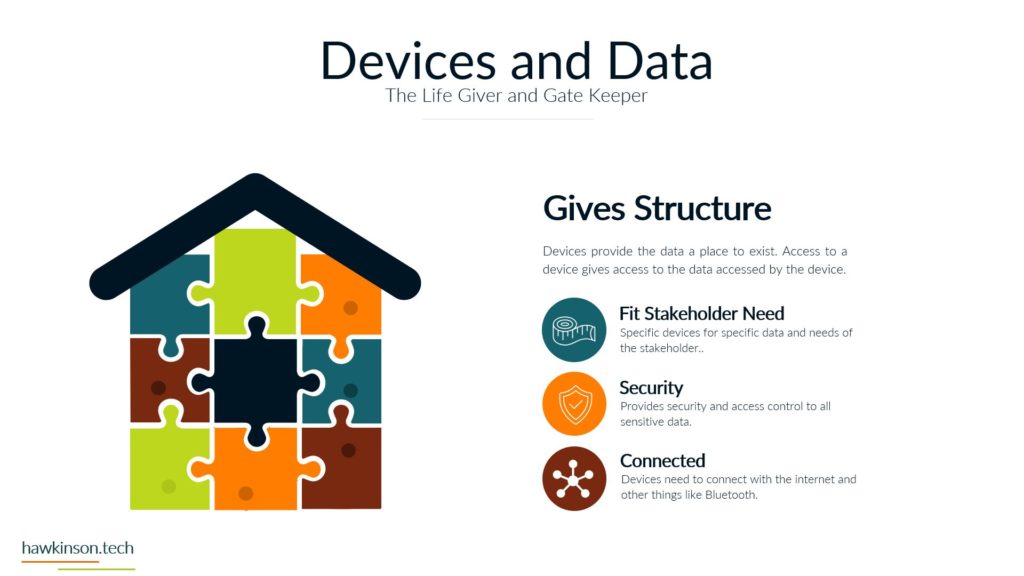Squarespace is the best option for creating professional, imaginative websites since it offers more than 100 professionally built, mobile-optimized templates. It has the highest-quality designs and features, making it ideal for resumes, photographs, and blogging.
Squarespace offers fantastic sales tools for your web business. It also has a large selection of ecommerce capabilities, making it a fantastic option if you want to start a store that solely sells digital goods or has a modest inventory.
Key Features
Blogging Tools
Squarespace has several tools to support bloggers. You can control your blog from a smartphone with the Blog App, handle multiple authors and communicate with social media audiences.
Designs and Templates
More than 140 advanced themes suitable for tablets and phones are available on Squarespace. Every small aspect of their designs seems flawless; typefaces, sizes, and images all go together perfectly. The Design option allows for extensive customization of their templates.
Do not forget that the templates frequently place a lot of emphasis on the photographs. The appearance of your website will be significantly changed if you switch out the ones they offer.
Tools for Creating Content
Squarespace is a good option for content producers. It offers tools like Squarespace Video Studio, which enables you to make and share movies, and Unfold, which provides hundreds of customizable story and posting templates for your social media platforms.
More features
- E-commerce functions
- Built-in analytics
- SEO friendly
- Paypal friendly
- Support team
- Mobile app


























